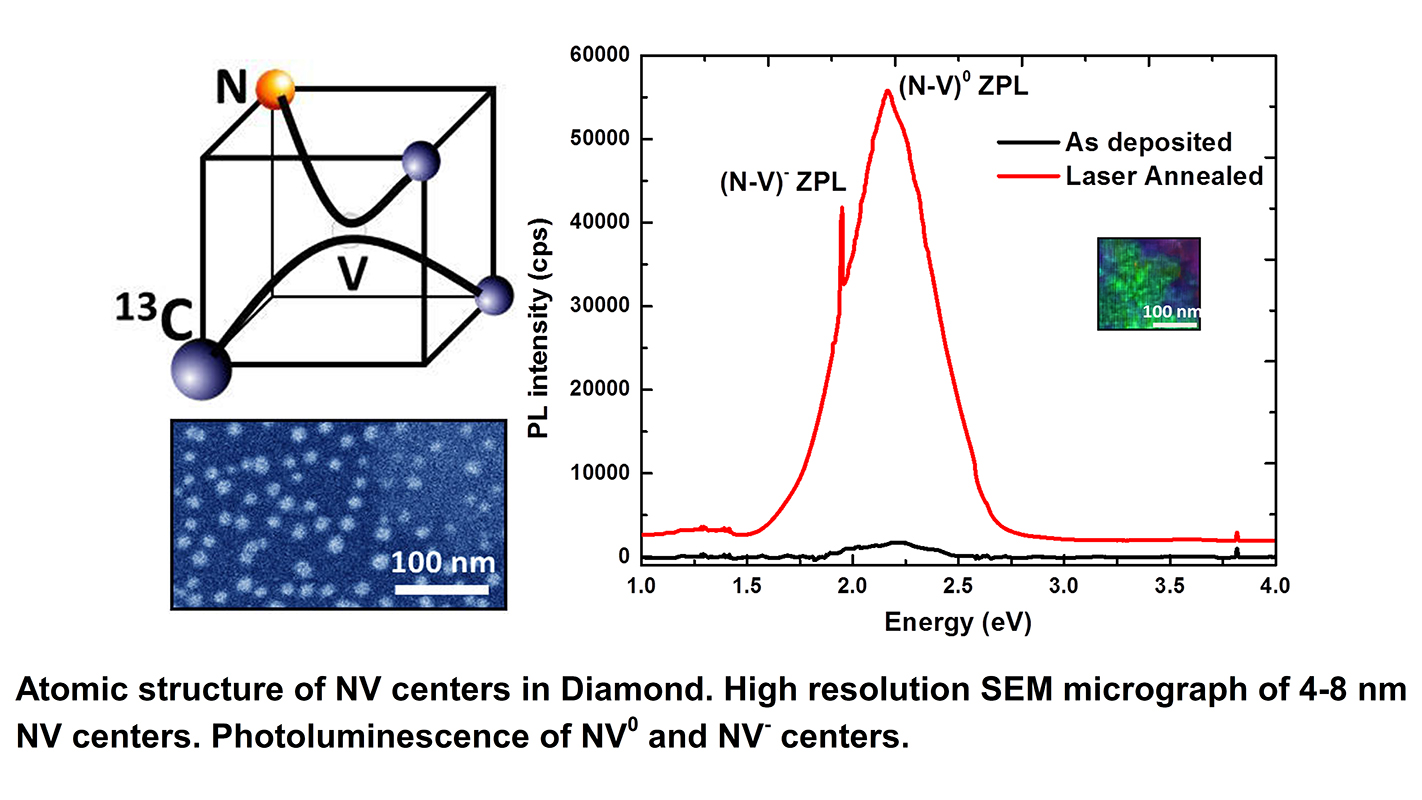materials

Some Stirring Required: Fluid Mixing Enables Scalable Manufacturing of Soft Polymer Structures
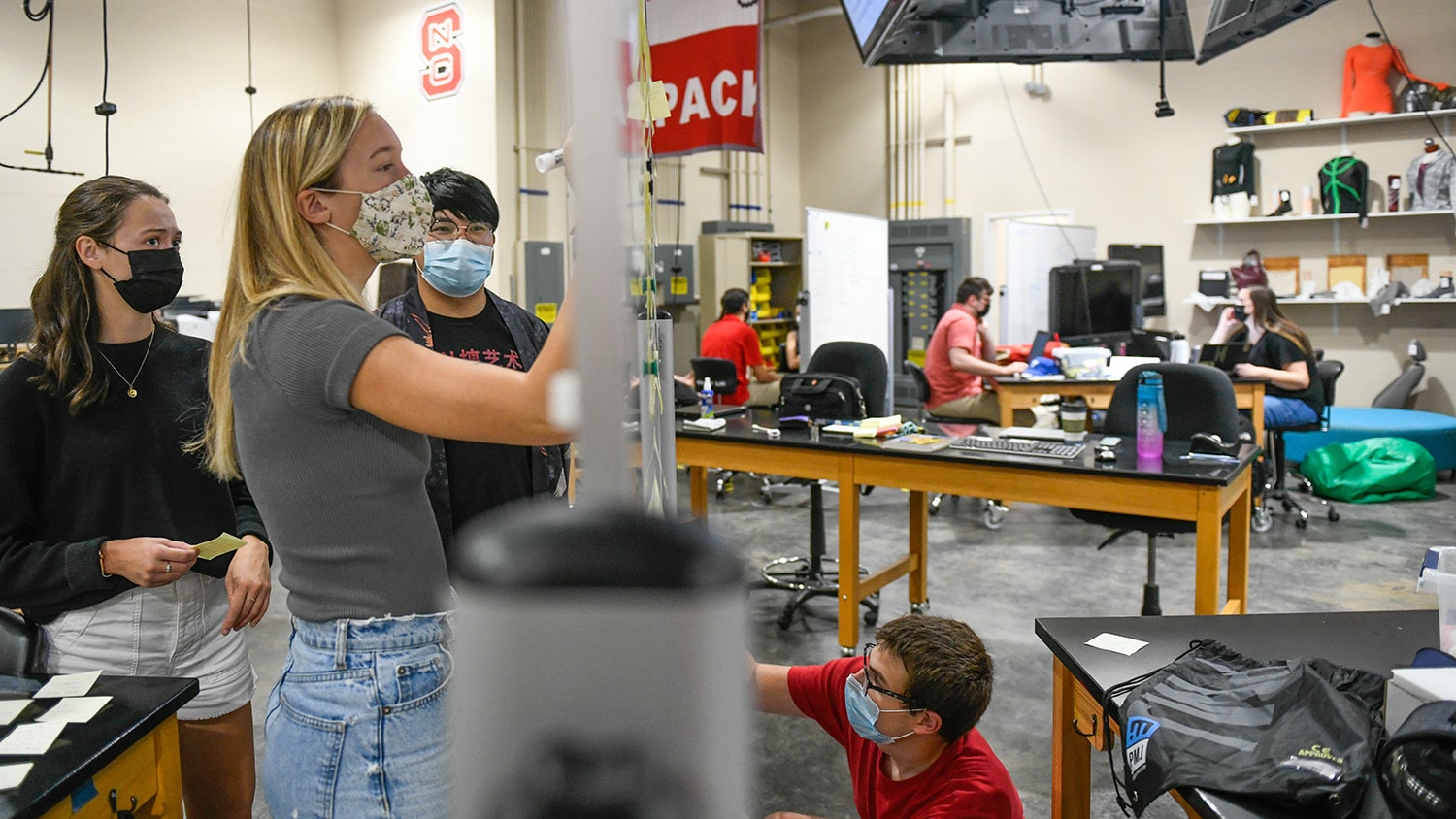
Where Textiles Meets STEM
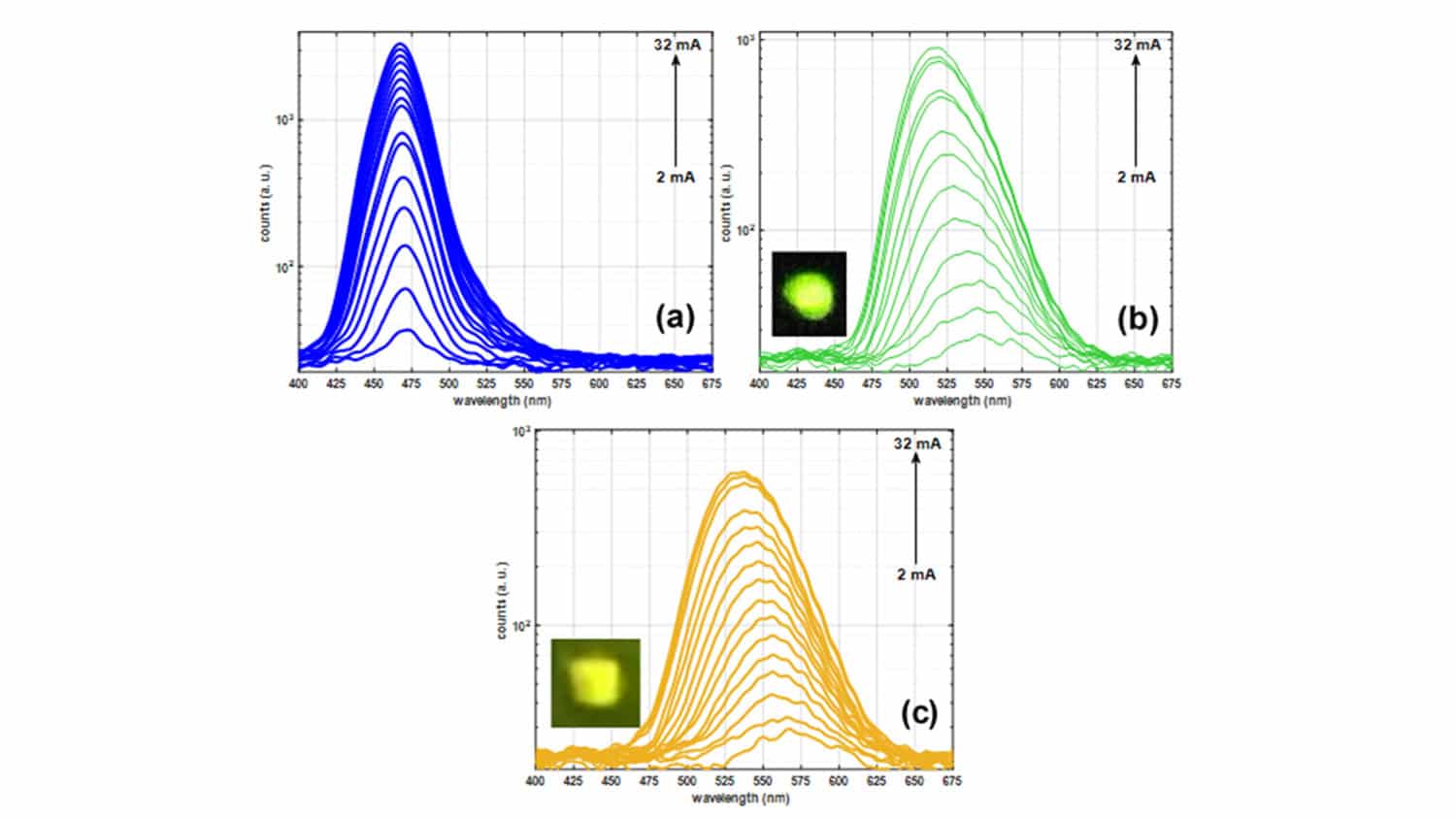
New Synthesis Process Paves Way for More Efficient Lasers, LEDs
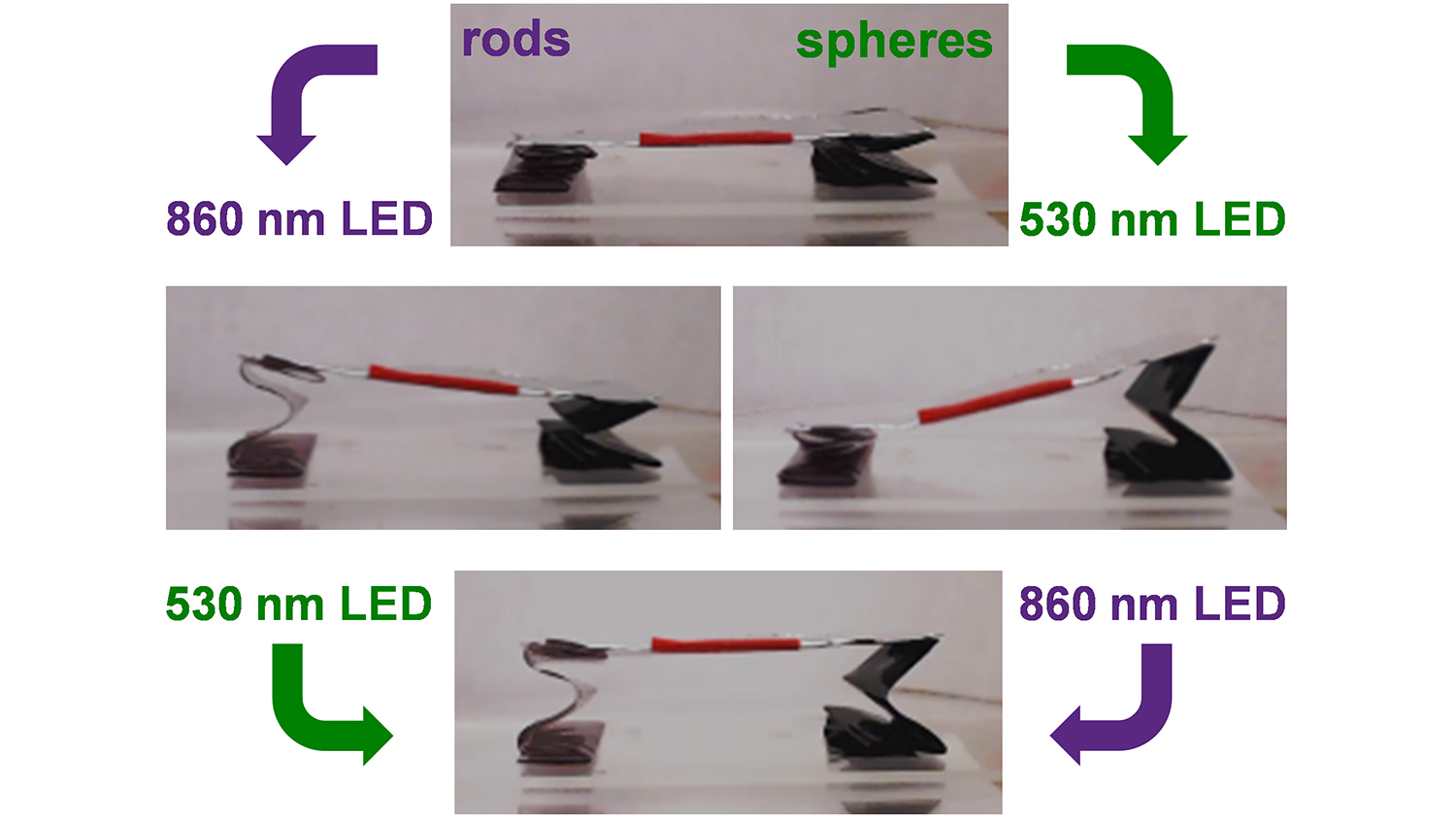
Using Gold Nanoparticles to Trigger Sequential Unfolding of 3-D Structures
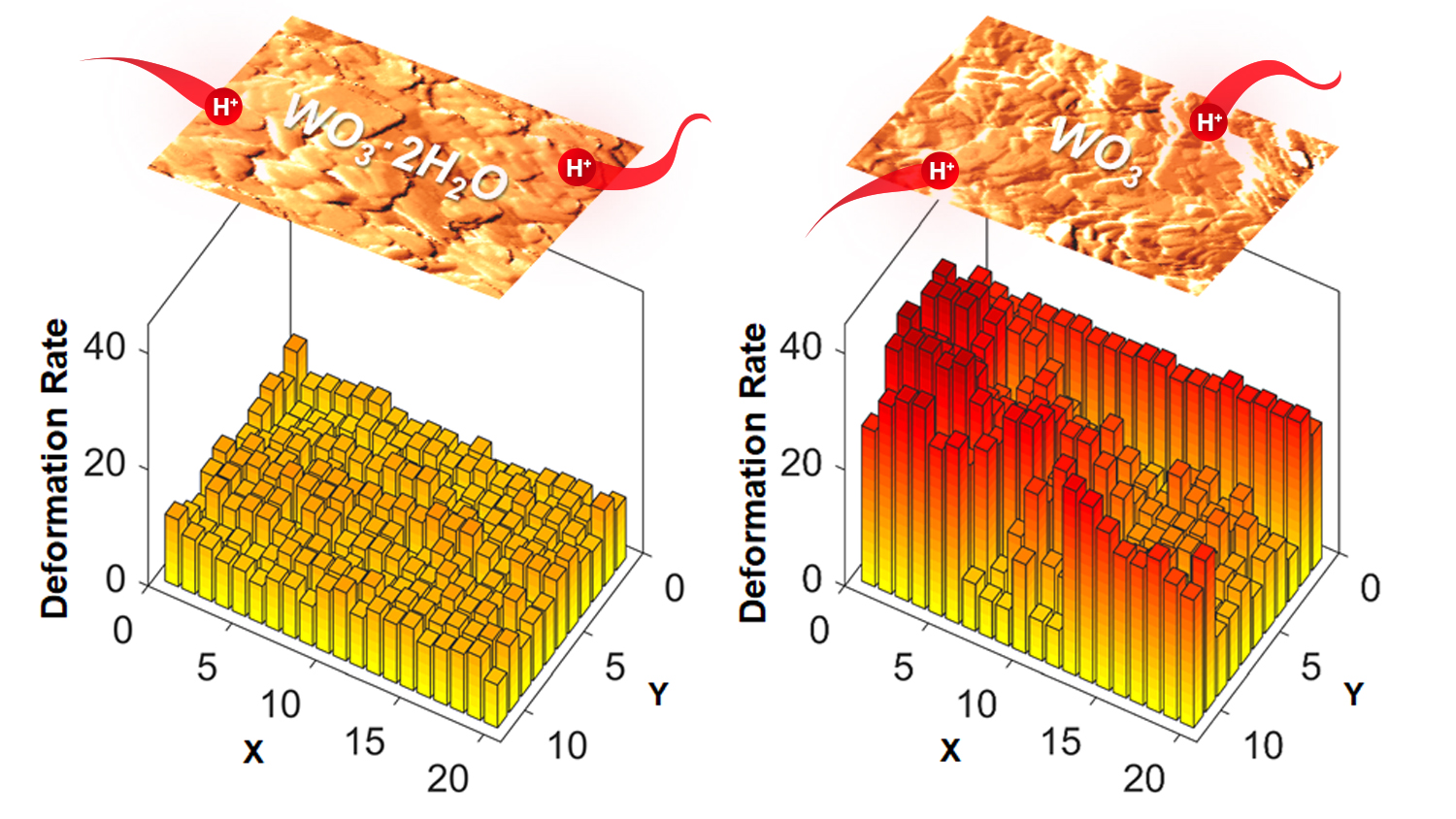
Microscopy Advance Reveals Unexpected Role for Water in Energy Storage Material
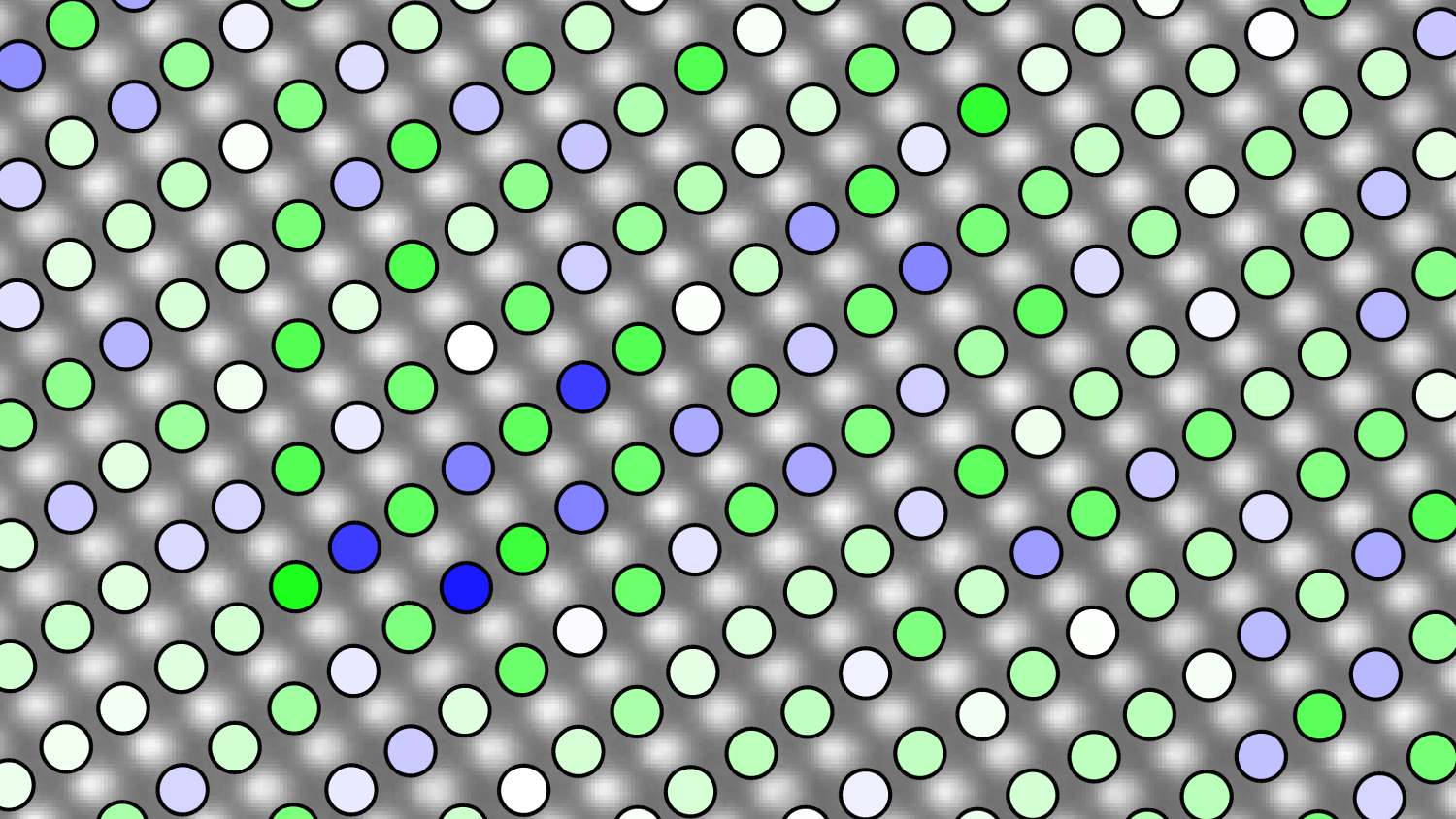
Atomic Structure of Ultrasound Material Not What Anyone Expected
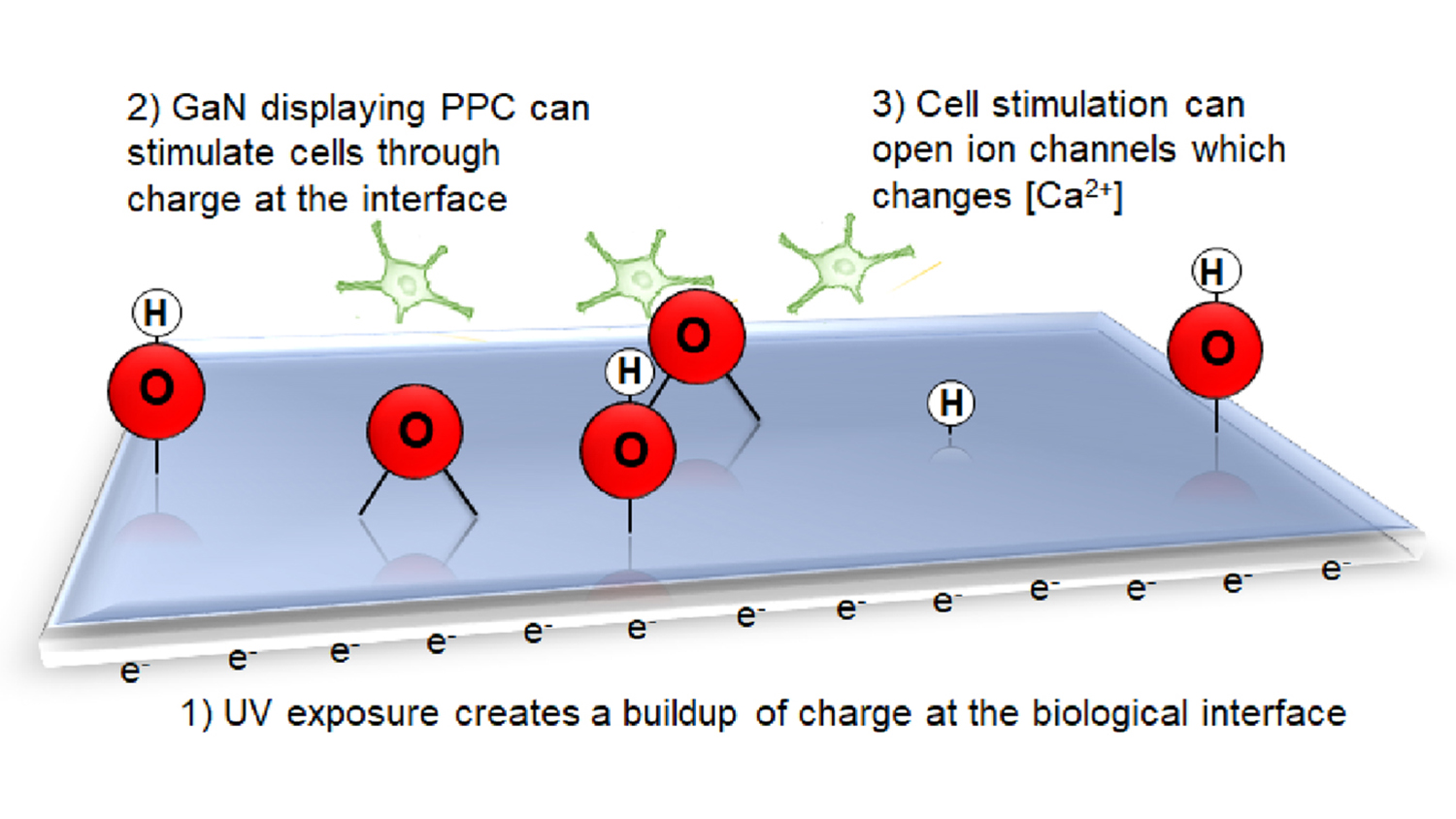
Persistent Photoconductivity Used to Stimulate Neurotypic Cells

Researchers Find Simpler Way to Deposit Magnetic Iron Oxide onto Gold Nanorods
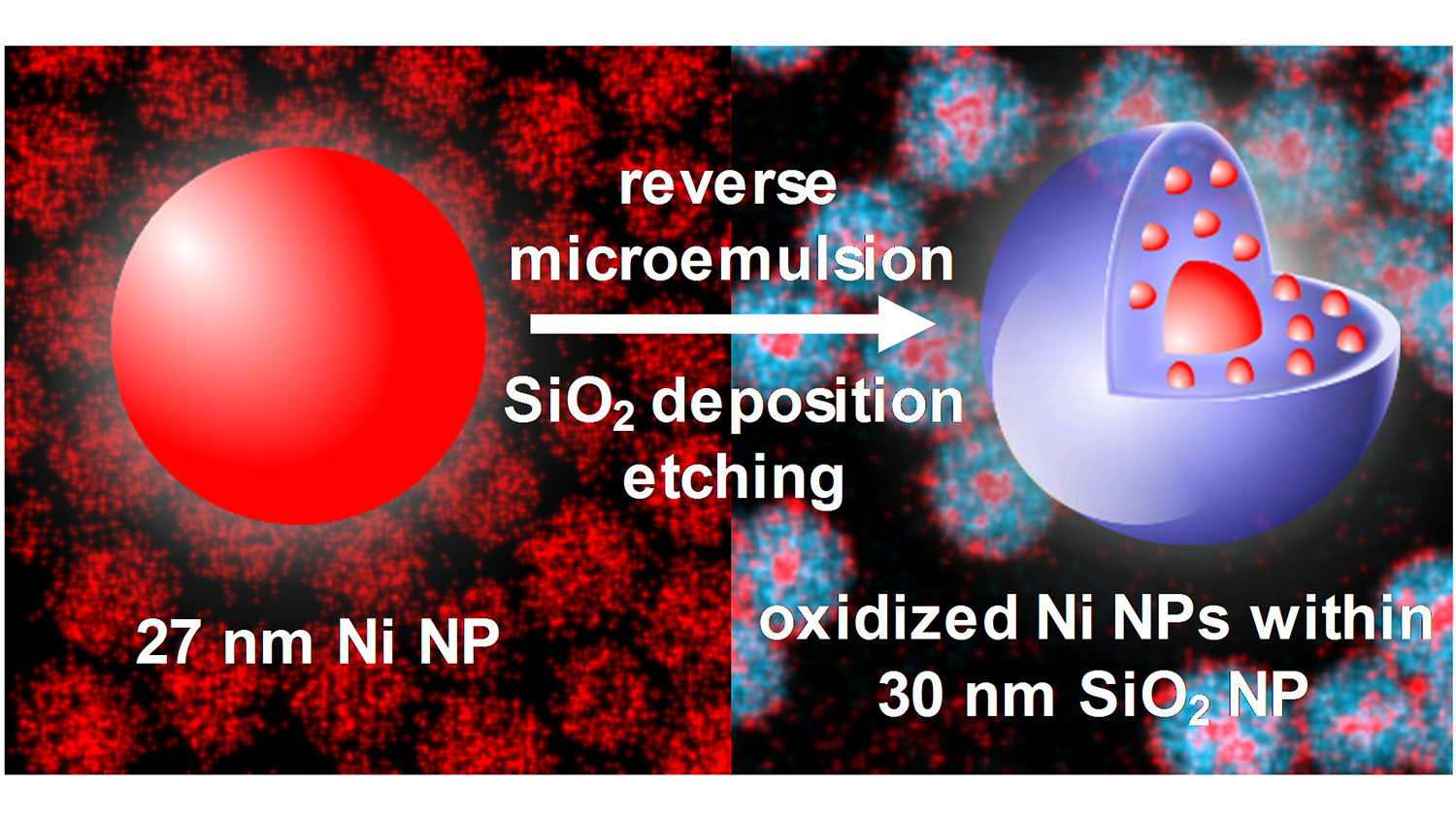
Researchers Inadvertently Boost Surface Area of Nickel Nanoparticles for Catalysis

‘Persistent Photoconductivity’ Offers New Tool for Bioelectronics
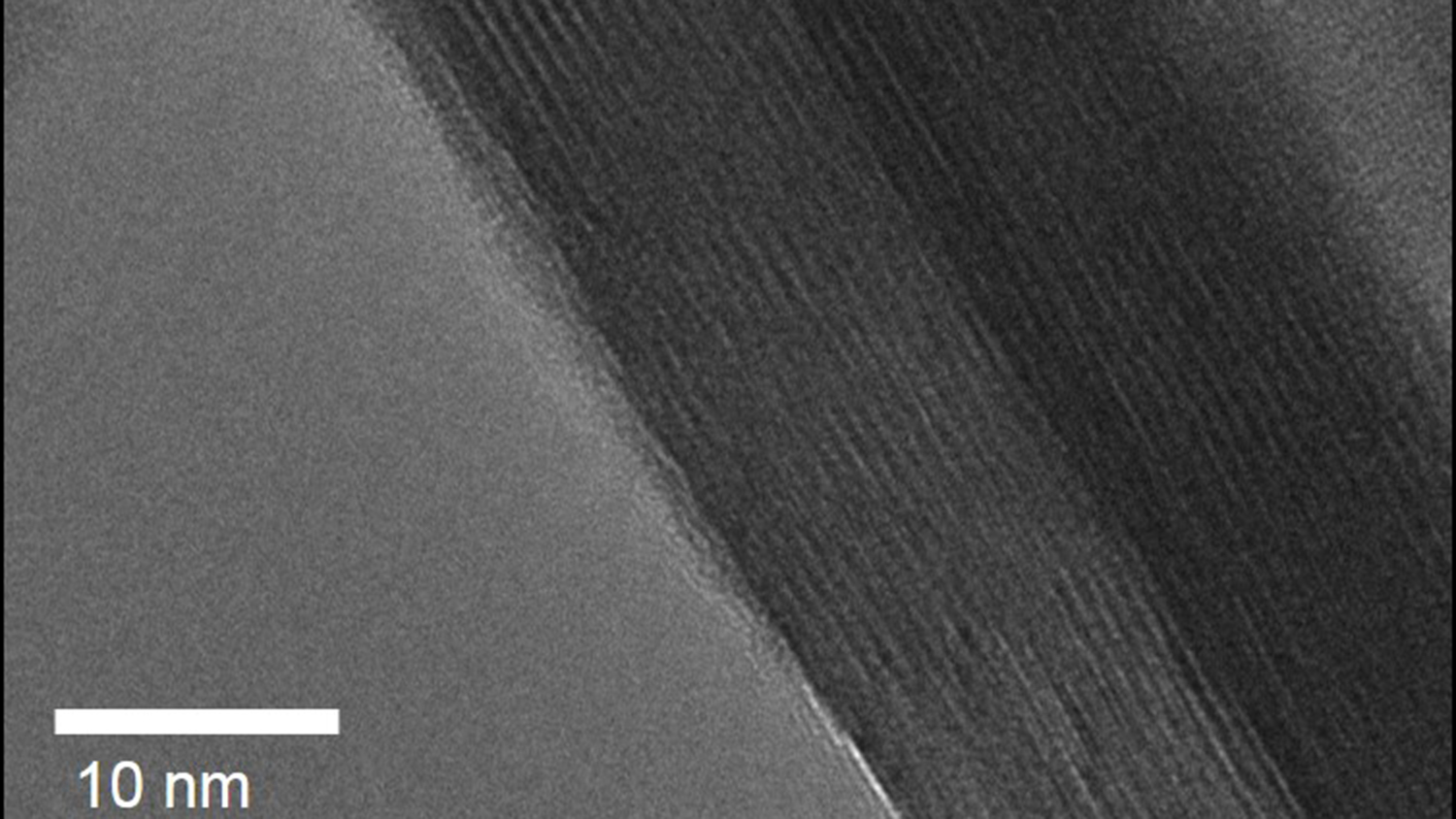
Thin Layers of Water Hold Promise for the Energy Storage of the Future

From Atoms to Batteries to the Workforce of the Future: Why Research Matters

Finding Order and Structure in the Atomic Chaos Where Materials Meet
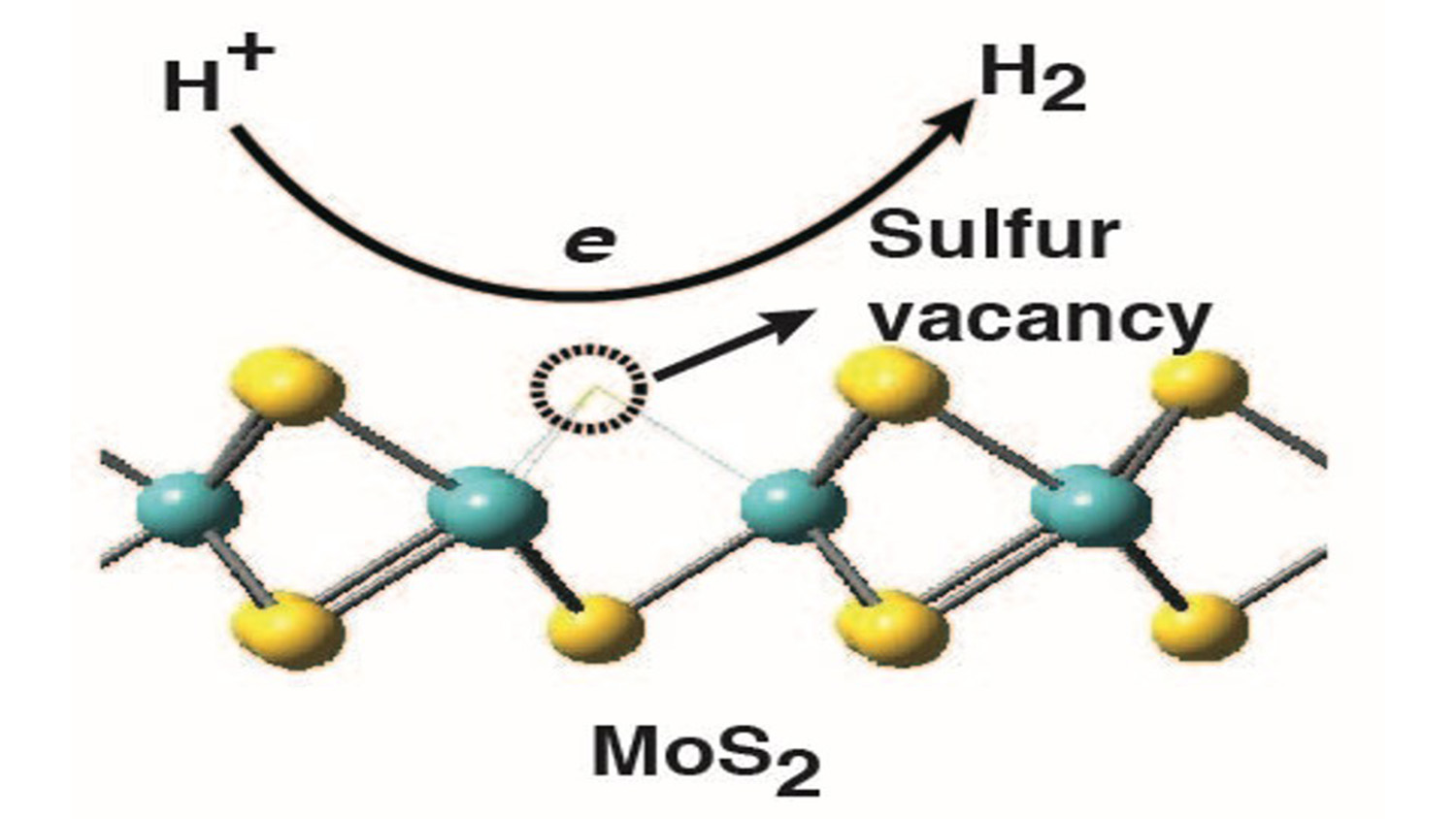
New Findings Boost Promise of Molybdenum Sulfide for Hydrogen Catalysis
